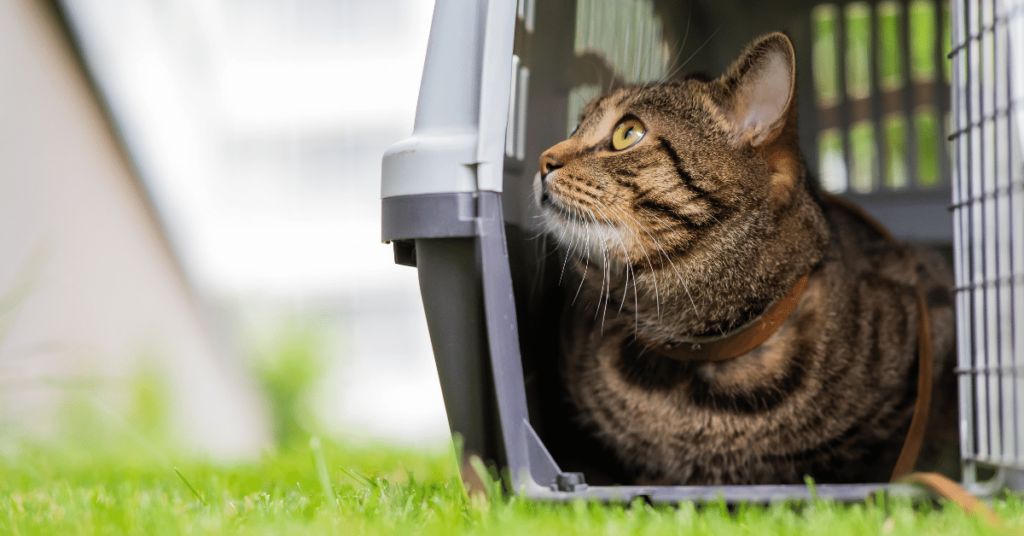Understanding Excessive Barking in Dogs
Barking is a natural behavior for dogs. It serves as a means of communication, expressing emotions and signaling potential threats. However, excessive barking can be a nuisance and a source of frustration for both dog owners and their neighbors. If your furry friend is prone to incessant barking, don’t worry! In this article, we will discuss effective techniques to prevent and manage excessive barking in dogs.
Identifying the Root Causes
Before addressing the issue of excessive barking, it is crucial to understand why your dog barks excessively. Dogs bark for various reasons, including:
- Territorial Behavior: Dogs are naturally protective of their territory and may bark excessively to ward off intruders.
- Loneliness and Boredom: Dogs are social animals and can become anxious or bored when left alone for extended periods.
- Fear and Anxiety: Dogs may bark excessively when they feel scared, anxious, or threatened.
- Lack of Training: Insufficient training and obedience can contribute to excessive barking.
- Medical Conditions: Certain medical conditions, such as cognitive dysfunction or pain, can lead to increased barking.
By identifying the root causes, you can tailor your approach and address the specific triggers behind your dog’s excessive barking.
Preventing Excessive Barking
Socialization and Training
Proper socialization and training play a significant role in preventing excessive barking. Here are some techniques you can use:
- Expose your dog to various environments: Introduce your dog to different people, animals, and situations from an early age. This exposure will help them become more comfortable and less likely to bark excessively.
- Positive reinforcement: Use rewards and treats to reinforce good behavior. When your dog remains calm in a situation that would typically trigger barking, praise and reward them.
- Teach the “Quiet” command: Train your dog to respond to the “Quiet” command. When they bark, firmly say “Quiet” and reward them when they stop barking. Consistent training will help your dog associate the command with silence.
Environmental Enrichment
Providing a stimulating and enriched environment can help prevent excessive barking due to boredom or loneliness. Consider the following strategies:
- Toys and puzzles: Offer interactive toys and puzzles that keep your dog mentally engaged. This will prevent them from getting bored and resorting to excessive barking.
- Scheduled exercise and playtime: Regular exercise and playtime provide an outlet for your dog’s energy, reducing restlessness and excessive barking.
Managing Excessive Barking
Addressing Specific Triggers
To effectively manage excessive barking, it is essential to address the specific triggers that cause your dog to bark excessively. Consider the following approaches:
- Reduce exposure to triggers: If your dog barks excessively at passersby, close the curtains or move them to a quieter part of your home to minimize visual stimuli.
- Provide distractions: Offer your dog distractions, such as chew toys or treat-dispensing puzzles, to redirect their attention away from the trigger.
- Counter-conditioning: Gradually expose your dog to the trigger in a controlled manner, associating it with positive experiences. This process helps them form positive associations, reducing their tendency to bark excessively.
Seeking Professional Help
If your dog’s excessive barking persists despite your efforts, it may be beneficial to seek professional help from a certified dog trainer or animal behaviorist. They can assess your dog’s behavior, identify underlying issues, and design a tailored training plan to address the problem.
Summary
Excessive barking can be a common issue faced by dog owners. By understanding the root causes, preventing triggers, and utilizing proper training techniques, you can effectively prevent and manage excessive barking in dogs. Remember to provide proper socialization, environmental enrichment, and seek professional help when needed. With patience, consistency, and positive reinforcement, you can maintain a peaceful environment for both your furry friend and the surrounding community.







